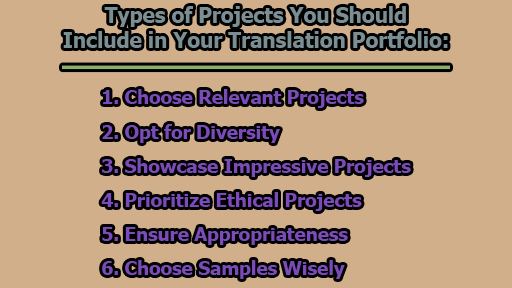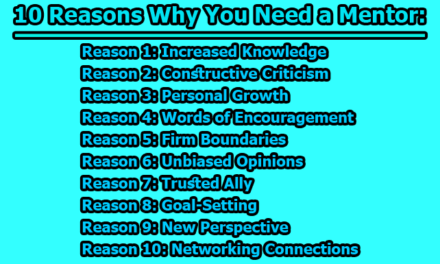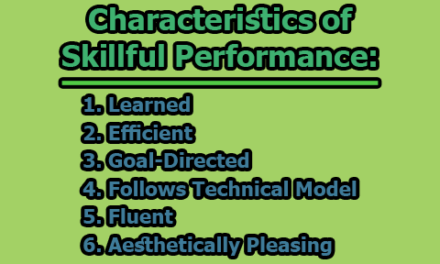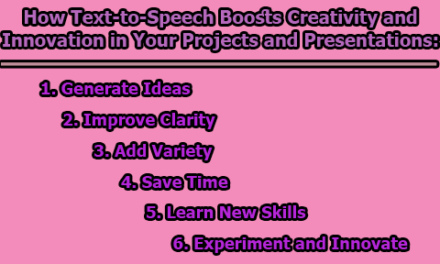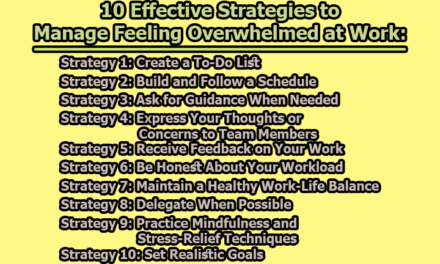Types of Projects You Should Include in Your Translation Portfolio:
For a translator, a well-constructed translation portfolio is the key to unlocking new opportunities and attracting potential clients. Your portfolio serves as a showcase of your skills, experience, and quality, demonstrating your proficiency in the target language, your knowledge of specific industries, and your specialization. In this article, we’ll delve into the types of projects you should include in your translation portfolio, with a focus on relevance, diversity, impressiveness, ethics, appropriateness, and selecting appropriate samples.
1. Choose Relevant Projects: The first and most crucial factor in building a translation portfolio is relevance. To effectively showcase your abilities, ensure that the projects you include align with your target language, industry, and specialization. For instance, if you are a medical translator, include translations of medical documents like reports, articles, or brochures. If you specialize in literary translation, add translations of books, poems, or short stories. Remember, relevance also means selecting recent projects that represent your current style and standards.
2. Opt for Diversity: While relevance is key, diversity is equally important. Your portfolio should reflect a wide range of skills, formats, and challenges. Incorporate projects that involve different types of texts, including technical, creative, and legal documents. Consider including projects that span various media, such as audio, video, or web content. A diverse portfolio also showcases your ability to handle varying levels of difficulty, complexity, and terminology.
3. Showcase Impressive Projects: To make your portfolio stand out, include projects that highlight your achievements and recognition. This may involve adding projects that have been published, awarded, or praised by reputable sources. Furthermore, if you’ve worked for well-known clients, organizations, or agencies, showcasing these collaborations can significantly boost your credibility. Impressiveness in your portfolio also comes from projects that demonstrate your added value, be it problem-solving, research, or quality assurance.
4. Prioritize Ethical Projects: Ethics in translation is of paramount importance. When building your portfolio, be vigilant about respecting client confidentiality, privacy, and copyright. Avoid including projects with sensitive or personal information, such as names, addresses, or medical records. Additionally, steer clear of any work that violates the terms of your contracts, like non-disclosure agreements or exclusivity clauses. Ethical projects also acknowledge and credit the original authors, editors, or collaborators for their contributions.
5. Ensure Appropriateness: Your portfolio should cater to its intended audience. If you are creating it for a specific job application, align your projects with the employer’s requirements and expectations. On the other hand, if it’s for a general website or profile, select projects that reflect your professional image and goals. Appropriateness also means that your portfolio entries should be clear, concise, and free from errors.
6. Choose Samples Wisely: The final aspect to consider is selecting appropriate samples. To facilitate access and comparison, provide samples in both the source and target languages, preferably in the same format and layout. Aim for samples that are neither too lengthy nor too brief; a range of 200 to 500 words is generally ideal. It’s essential to ensure your chosen samples adhere to the criteria discussed above – they should be relevant, diverse, impressive, ethical, and appropriate.
In conclusion, a translation portfolio is a powerful tool for showcasing your skills and attracting potential clients. By carefully curating your portfolio with relevant, diverse, impressive, ethical, and appropriate projects, and by selecting appropriate samples, you can create a compelling and professional representation of your translation expertise. Remember, your portfolio should not only reflect your proficiency in the target language but also demonstrate your adaptability to various industries and your commitment to ethical translation practices. With a well-constructed portfolio, you’re sure to make a lasting impression in the competitive world of translation.

Former Student at Rajshahi University

